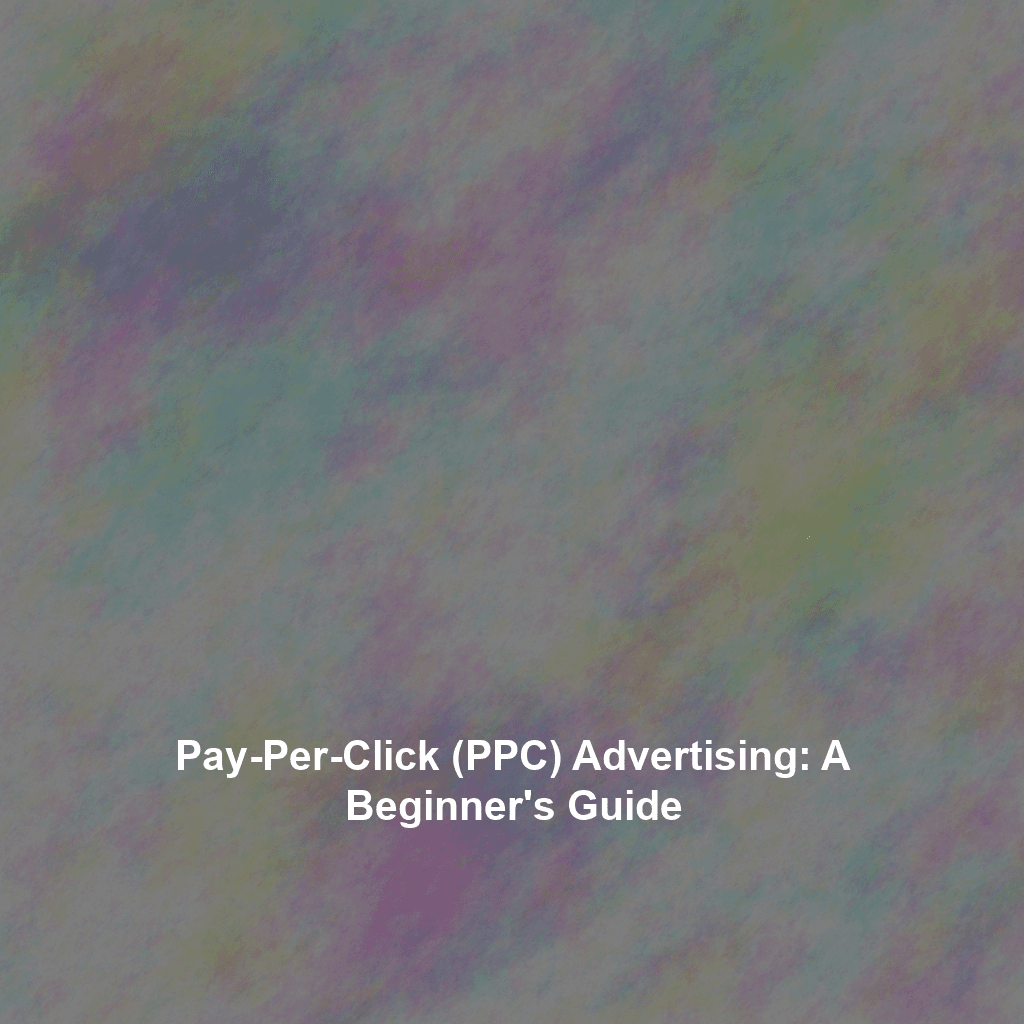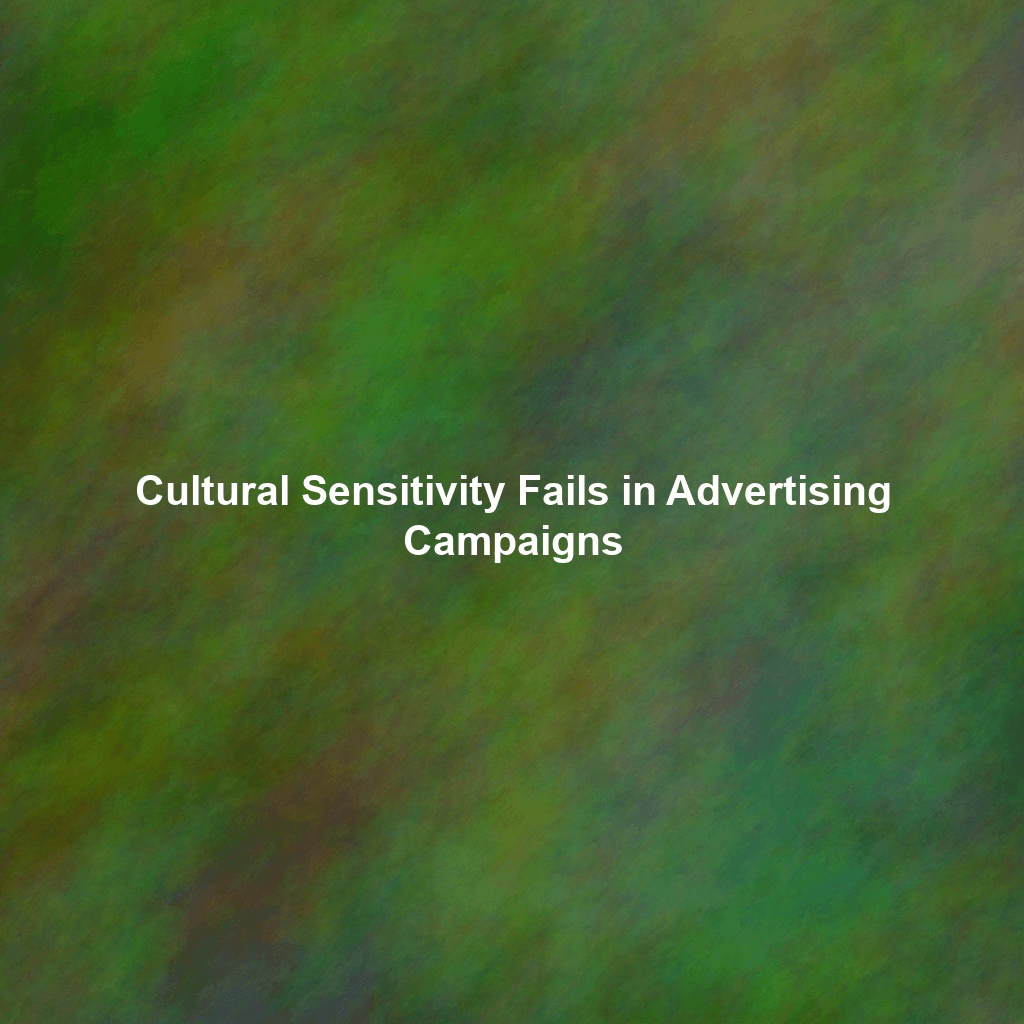Imagine having the power to instantly appear at the top of search engine results when potential customers are actively searching for what you offer. That’s the promise of Pay-Per-Click (PPC) advertising. In today’s digital landscape, PPC is a powerful marketing strategy that allows you to reach a highly targeted audience and drive immediate traffic to your website. While it might seem daunting at first, this beginner’s guide will break down the fundamentals of PPC, empowering you to create effective campaigns and achieve your business goals.
What is PPC Advertising?
PPC, or Pay-Per-Click, is an online advertising model where you pay a fee each time someone clicks on your ad. Instead of earning website visits organically, you essentially “buy” visits. Search engines like Google and Bing are the most common platforms for PPC advertising, but it’s also used extensively on social media platforms like Facebook, Instagram, and LinkedIn.
The beauty of PPC lies in its control and measurability. You can precisely target your ads to specific demographics, interests, and locations. You can also track the performance of your campaigns in real-time and make adjustments to optimize your results.
Key Components of a PPC Campaign
Understanding the core components is crucial for building a successful PPC campaign. Here’s a breakdown:
Keywords: The Foundation of Your Campaign
Keywords are the words and phrases that people type into search engines when looking for something. Identifying the right keywords is the first step in creating a PPC campaign. Think about what your target audience would search for when looking for your products or services. Tools like Google Keyword Planner and SEMrush can help you discover relevant keywords.
Consider different types of keywords:
- Broad Match: The widest reach, matching searches related to your keyword (e.g., “shoes” could trigger ads for “running shoes,” “shoe repair,” etc.).
- Phrase Match: Matches searches that include the meaning of your keyword phrase (e.g., “red running shoes” would trigger ads for “buy red running shoes” but not “red shoes for running”).
- Exact Match: The most precise, matching only searches that exactly match your keyword (e.g., “[red running shoes]” would only trigger ads for that exact phrase).
- Negative Keywords: These prevent your ads from showing for irrelevant searches (e.g., if you sell running shoes, you might use “shoe repair” as a negative keyword).
Ad Copy: Crafting Compelling Messages
Your ad copy is what users see when your ad appears in search results. It needs to be clear, concise, and compelling enough to entice them to click. Each ad typically consists of:
- Headline: The most prominent part of the ad, it should grab attention and include relevant keywords.
- Description: This provides more details about your product or service and includes a call to action.
- Display URL: Shows the web address where users will land after clicking your ad.
Write multiple ad variations to test different messages and find what resonates best with your audience. Use strong calls to action like “Shop Now,” “Learn More,” or “Get a Free Quote.”
Bidding Strategies: Determining Your Cost
Your bid is the maximum amount you’re willing to pay each time someone clicks on your ad. The higher your bid, the more likely your ad is to appear in a prominent position. However, the actual amount you pay (the cost-per-click or CPC) might be lower than your maximum bid.
Common bidding strategies include:
- Manual Bidding: You set your bids manually for each keyword or ad group.
- Automated Bidding: The system automatically sets bids based on your goals (e.g., maximizing clicks, conversions, or return on ad spend). Examples include Target CPA, Target ROAS, and Maximize Clicks.
Landing Pages: Where the Magic Happens
Your landing page is the specific page on your website where users are directed after clicking your ad. It’s crucial that your landing page is relevant to your ad copy and provides a seamless user experience. A well-designed landing page should be clear, concise, and easy to navigate, with a clear call to action.
Ensure your landing page is optimized for conversions. This means making it easy for users to complete the desired action, whether it’s making a purchase, filling out a form, or signing up for a newsletter.
Setting Up Your First PPC Campaign
While the exact steps vary depending on the platform you choose, here’s a general overview of how to set up a PPC campaign:
- Choose a Platform: Google Ads is the most popular, but Bing Ads is another viable option. Consider your target audience and budget when choosing a platform.
- Set Your Budget: Determine how much you’re willing to spend on your campaign. You can set a daily budget or a total campaign budget.
- Research Keywords: Use keyword research tools to identify relevant keywords for your campaign.
- Create Ad Groups: Organize your keywords into logical groups based on theme or product category.
- Write Ad Copy: Craft compelling ad copy that highlights the benefits of your product or service.
- Set Bids: Choose a bidding strategy and set your bids for each keyword or ad group.
- Create Landing Pages: Design landing pages that are relevant to your ad copy and optimized for conversions.
- Track and Optimize: Monitor the performance of your campaign and make adjustments to improve your results. This includes A/B testing ad copy, refining keywords, and adjusting bids.
Measuring Success and Optimizing Your Campaigns
PPC advertising is an ongoing process of testing, learning, and optimization. Key metrics to track include:
- Impressions: The number of times your ad is shown.
- Clicks: The number of times your ad is clicked.
- Click-Through Rate (CTR): The percentage of impressions that result in clicks (Clicks / Impressions). A higher CTR indicates that your ad copy is resonating with your audience.
- Cost-Per-Click (CPC): The average amount you pay each time someone clicks on your ad.
- Conversions: The number of desired actions taken on your website, such as purchases, form submissions, or phone calls.
- Conversion Rate: The percentage of clicks that result in conversions (Conversions / Clicks).
- Return on Ad Spend (ROAS): The revenue generated for every dollar spent on advertising.
By analyzing these metrics, you can identify areas for improvement and make data-driven decisions to optimize your campaigns for better performance.
Conclusion
PPC advertising offers a powerful and effective way to drive targeted traffic to your website and achieve your business goals. While it requires effort and ongoing optimization, understanding the fundamentals outlined in this guide will set you on the right path. By carefully researching keywords, crafting compelling ad copy, optimizing your landing pages, and diligently tracking your results, you can harness the power of PPC to reach your target audience and grow your business. Don’t be afraid to experiment and learn from your mistakes. The world of PPC is constantly evolving, so continuous learning is key to long-term success.
 Skip to content
Skip to content

